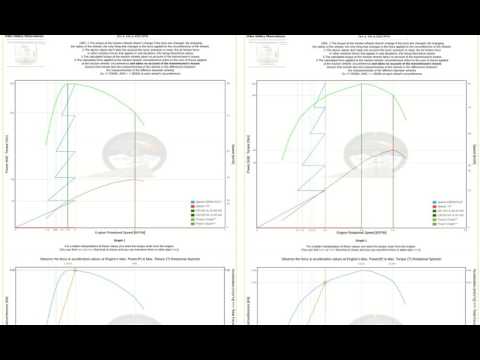Reduce fuel consumption - low power rpm range importance

Click here to learn how to add YouTube Videos to your phpBB forum
Hello everybody.
In this video I'll be showing you the useful application of the power curve values, calculated from the torque curve.
On the left side, you can see an example of a turbo-diesel engine and on the right, an example of a petrol aspirated engine.
In order to achieve low fuel consumption with cars that are equiped with manual gearboxes, we will be interested in the lower half of the power curve, that as you can see, has light brown color, in left and right graph one.
Think of fuel and oxigen mixture as energy and think of power as energy per second.
Now think of the acceleration pedal as a valve that when it is pressed, allows energy to flow into your engine, so think twice before pushing it to quickly, in order to save fuel and money.
To achieve a small amount of fuel consumption with your car, you must maintain your engine in the rotational speed range of the low power curve values, without rush when accelerating.
Take your time to gain speed from a full stop, starting with rpm values near to 1000 and then slowly, increase the rotational speed until you reach the rpm of aproximately half the maximum power value of your engine, before changing gears.
Or, if you look at graph 2, you can see that the gears shifting rpm is half the rpm of the maximum power. You can use whichever you find easier to remember.
In graph 3 you can see that the speed for each gear is similar both in diesel and petrol engines.
In conclusion, in low power rpm range, if you have patience, the torque will move you forward with less energy consumption and less pollution.
For more videos check out my youtube channel.